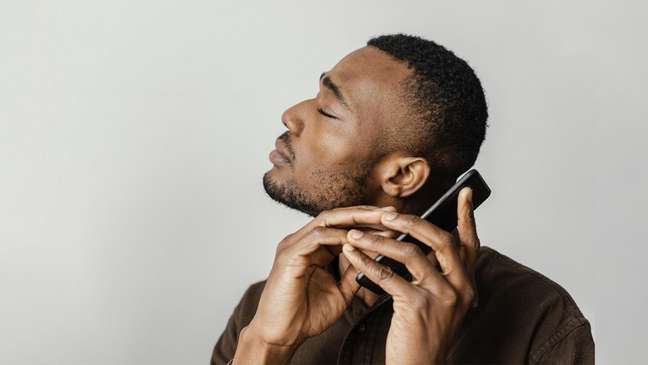Find out some points that retailers should observe so that people with disabilities can have a good online experience.
The arrival of Black Friday brings many expectations to customers and sellers, but the lack of accessibility in digital environments can turn away many potential consumers. A study by the Web Para Todos Movement points out that, out of 15 million websites and 90,000 Brazilian stores analysed, less than 1% of e-commerce is accessible.
About 7 million people have some kind of disability in Brazil, and according to the Brazilian law for the inclusion of people with disabilities (Law No. 13.146), companies have to work on inclusion in their websites. keeggo, a technology solutions company that assists in digital transformation, provides services to help large companies adopt accessibility measures.
For Marcelo Mazzini, Head of Design at keeggo, in addition to being an exercise in empathy, accessibility in e-commerce is a great opportunity to reach more people. “Within our team we draw the attention of developers to the need to create more functional applications for users with disabilities and improve those already on the market. Our team has designers and QAs who experience these problems on a daily basis because they are people with disabilities, this helps us to have a different perspective on the subject”, says Mazzini.
Check out some expert-listed points that retailers should observe so that people with disabilities can have a good experience online, below;
5 tips to make your e-commerce inclusive for Black Friday
1. Artificial intelligence in image transcription: The expert highlights the importance of deploying AI-powered software that automatically describes images on a website. There are also tools that simulate color blindness and can help in the best choice of color palettes in the shop.
2. Code accessibility test: In addition to the layout and design elements, the code used to develop the site must undergo accessibility tests, as some people with disabilities only use the keyboard to navigate, requiring sites to adapt.
3. Adjustable Arrangement: An adjustable, responsive layout means information stays at the edges of the screen at any zoom ratio and on any device. In this way, visually impaired people will be able to enlarge the screen so that the font expands within the limits, without compromising understanding and compatibility with other accessibility tools.
4.Braille: Using a braille display is one way for blind people to access the Internet. It is a device connected to the computer that transmits page information in Braille through a panel. According to Mazzini, it is common for this type of equipment to be used in conjunction with screen-reading software.
5. Video Productions: It is important to include subtitles and Brazilian Sign Language (Libra) interpreters in all video content, so that deaf people can access the materials, especially those who are not fluent in Portuguese, in Libra only.
Trending on Canaltech:
- Thanos lists the only 6 heroes he considers worthy enemies
- Pay-TV operators block Anatel’s proposal for the TV Box
- 10 sites that were very successful and no longer exist
- Sheep are caught walking in circles for 12 days straight
- Elderly man inserts a 2.3m jump rope into his penis, reaching into his bladder
- What are fever dreams and why do they happen?
🇧🇷The best content in your email for free. Choose your favorite Terra newsletter. Click here!
Source: Terra
Camila Luna is a writer at Gossipify, where she covers the latest movies and television series. With a passion for all things entertainment, Camila brings her unique perspective to her writing and offers readers an inside look at the industry. Camila is a graduate from the University of California, Los Angeles (UCLA) with a degree in English and is also a avid movie watcher.

